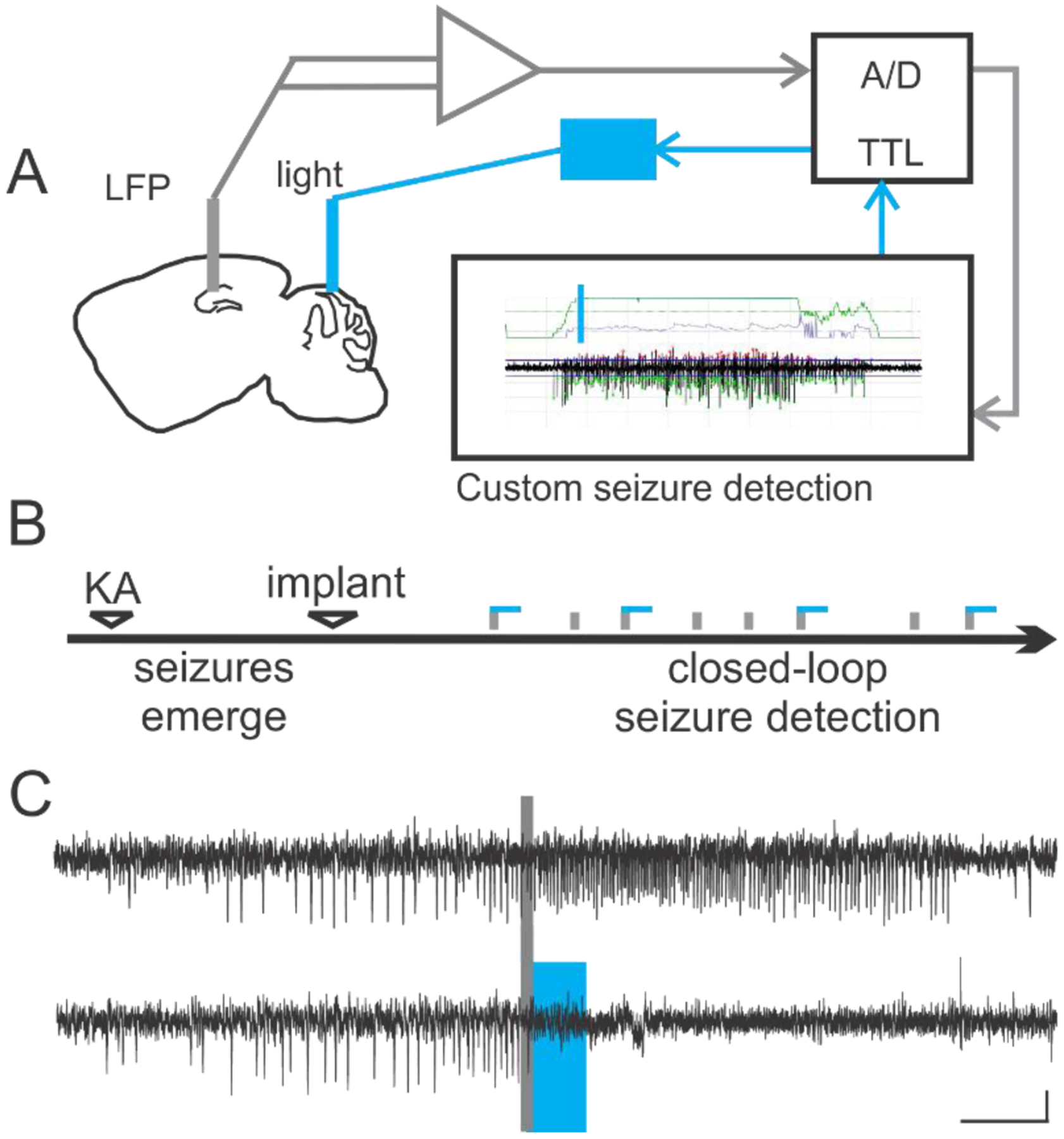Figure 1. Closed-loop optogenetic interventions align intervention to the time of seizures.

A) Schematic of an example on-demand optogenetic intervention strategy. Chronic hippocampal LFP recordings (near the presumed seizure focus) are digitized and fed into seizure detection software, allowing on-line detection through user-specified criteria, such as ictal spike frequency. Seizure detection in turn automatically triggers light delivery, for example to the cerebellum, for optogenetic interventions. B) On-demand optogenetic intervention can be implemented during the chronic phase of epilepsy in the intrahippocampal kainate model, such that spontaneous seizures which occur weeks after the initial insult are detected (gray vertical bars in the schematic denote detected seizures) and trigger light delivery. Blue horizontal lines in the schematic indicate light delivery. Note that only approximately half of detected events are followed by blue lines: detected events not receiving light intervention can serve as no-light internal controls. C) Example electrographic seizure events in the intrahippocampal kainate mouse model of temporal lobe epilepsy which were detected on-line (denoted by gray bar) and were either randomly selected to not receive light (top trace) or receive 3 seconds of pulsed light delivery to the cerebellar cortex (bottom trace, light delivery denoted by blue box). Scale bar: 5s, 0.05mV. Panels B-C reproduced from [50].
